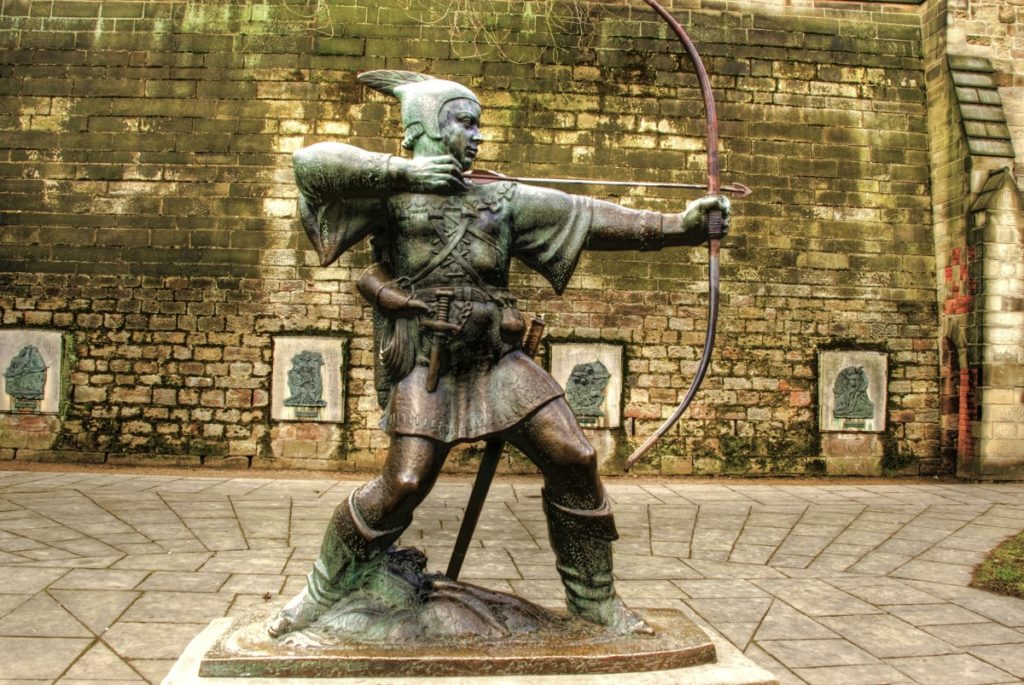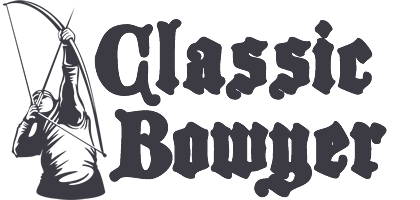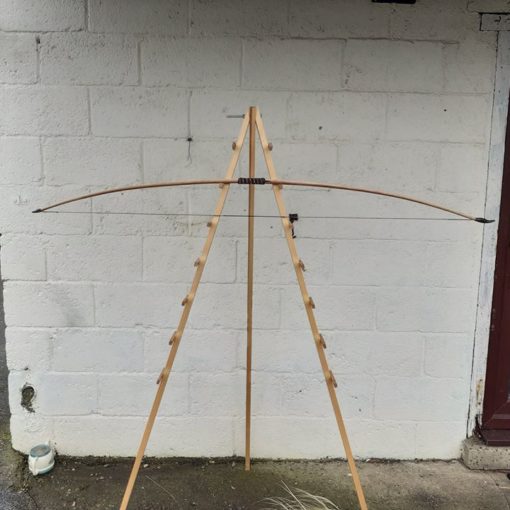
It is probably true to say that there are few things as quitessentially British, or dare we say English as the longbow. It is deeply embedded in our history and heritage yet it is probably true to say that only quite a small minority of the population could even correctly identify an ‘English longbow’ i.e.would understand the defining characteristics of the weapon they will undoubtedly have encountered in literature and on the small and large screen many times. They would not be aware of the often laughable misrepresentations and inaccuracies which commonly occur in popular culture. Most of us (depending on our age) remember Errol Flynn, Richard Green and Kevin Costner as Robin Hood – one of our most enduring folk-heroes. To discuss whether he indeed existed as a real person is not within the scope of this book, but he certainly exists in our national consciousness as the kind of anti-establishment hero sticking up for the under-dog that we will always admire. Yet without his archery prowess he would have been nothing. The longbow was the tool that gave him the means to hit back at a corrupt establishment.
Indeed therein lies one of the enduring appeals of the longbow, that it was the weapon of the common man. It says something for the stability of the English medieval social and political system that the single deadliest weapon of the nation’s military machine was in the hands of essentially civilian auxiliaries at the poorer end of society. Every able bodied man between the ages of 16 and 60 was required to own and be proficient in the use of the bow – with the exception of the clergy, for whom it was optional. Statutes were increasingly in place from the reign of Richard II to this effect, though in the earlier medieval times it also included the crossbow. Men of more means tended to become mounted men-at-arms or even knights. There are records of longbows being used in uprisings and rebellions, but these were rare and usually quickly resolved.
One misconception often quoted (a favourite of the afore-mentioned pub bore) is that the medieval archers were terribly physically deformed by the strain of using the immensely heavy longbows they used. Proponents of this point of view suggest that one shoulder was grotesquely hunched and their spine twisted sideways into an ‘S’ shape. If you are going to say this then you will have to include almost the entire male population of medieval England. This is quite obviously nonsense. We will discuss the draw weight of bows later, but suffice to say at this point the bows of the middle ages were generally very heavy by today’s standards. Archers were brought up in their use from an early age and skeletal remains of Tudor archers do show physiological adaptations resulting from habitual use of heavy bows. These include bone-development effects that can only have resulted also from use of relatively heavy bows in childhood and youth. Biometric measurements are often of the scale detectable only by instruments such as micrometers, and where differences are visible, they are measurable in millimetres. If you met the man in the flesh, you would not have found it easy to tell by eye that his body had been affected by a life time of heavy archery.




